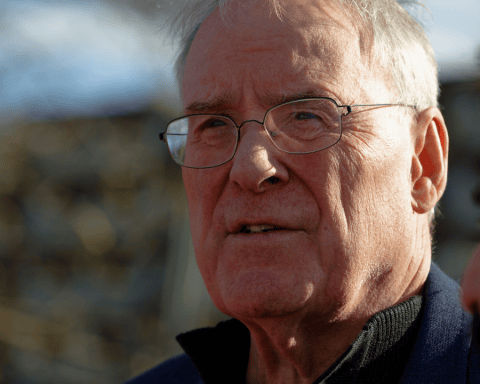It is impossible to draw a clear dividing line between freshwater and ocean systems – two deeply interconnected elements of the global water cycle. Freshwater systems such as rivers, lakes and wetlands provide important nutrients and resources for coastal and marine habitats. Without these critical inputs, marine ecosystems would be unable to sustain the biodiversity and productivity that are necessary for their long-term sustainability.
So why is it that freshwater has been cut out of a sustainable economic model that promotes the responsible use of marine resources – and at a time when such management is more critical than ever? With oceans warming at an alarming rate, and lake and river systems facing increasing climate stress, ensuring that global water systems, both fresh and marine, are protected is one of the most pressing concerns we face.
And yet, the “blue economy,” as the model has been dubbed, has sidelined freshwater considerations – a massive omission in a country like Canada, with an estimated two million lakes and more than 8,500 named rivers. The Great Lakes, the world’s largest freshwater lake system, alone provide drinking water for more than 40 million people in Canada and the U.S., and directly generate more than 1.5 million jobs and $60 billion in annual wages.
To date, the blue economy narrative has largely been dominated by the World Bank’s definition of “blue economy” as a “sustainable use of ocean resources for economic growth, improved livelihoods, and jobs, while preserving the health of ocean ecosystems.”
This oceans-only framing has been far-reaching, influencing conversations at global, national, and regional levels. In Canada, for instance, Fisheries and Oceans Canada’s Blue Economy Strategy, currently in development, is framed as an opportunity to harness Canada’s “ocean growth potential.” This includes creating jobs in coastal communities, ensuring that oceans remain healthy, and learning from international successes such as green shipping initiatives in Norway and Denmark and sustainable ocean resource development in Fiji and the Bahamas.
It is worth noting, however, that a range of definitions exist for “blue economy,” some focused purely on oceans and others taking a broader view that encompasses all water resources. A handful of prominent alternatives to the World Bank’s view include the Organisation for Economic Co-operation and Development, the United Nations Economic Commission for Africa (UN ECA) and the Great Lakes Commission.
In particular, UN ECA defines “blue economy” as “the sustainable use and conservation of aquatic resources in both marine and freshwater environments. This includes oceans and seas, coastlines and banks, lakes, rivers and groundwater.”
Policy-makers and business leaders in Canada and around the world must adapt the blue economy model to reflect the reality of their geographies and communities.
Many other international organizations, from the World Economic Forum to the European Union, struggle with the oceans-only framing, instead opting for workarounds such as “ocean and freshwater economy,” “green and blue economy” or “ocean and water tech.”
The true test of a definition is not in the abstract but in its application and utility.
How can any definition of “blue economy” that considers the Great Lakes as peripheral effectively serve Canada’s environmental or economic interests?
Policy-makers and business leaders in Canada and around the world must adapt the blue economy model to reflect the reality of their geographies and communities. We are entering another record-breaking summer of heat and drought, with nearly 25,000 Alberta residents already evacuated due to wildfires and the Spanish government approving an unprecedented €2.2- billion drought-response plan. It is more critical than ever before to ensure that our fragile global water cycle – both fresh and salty – is protected and preserved for future generations.
Alan Shapiro is principal at sustainability consultancy Shapiro & Company and director of Foresight Canada’s BC Net Zero Innovation Network’s Water Cluster. Elise Coffey is a junior consultant at Shapiro & Company.





